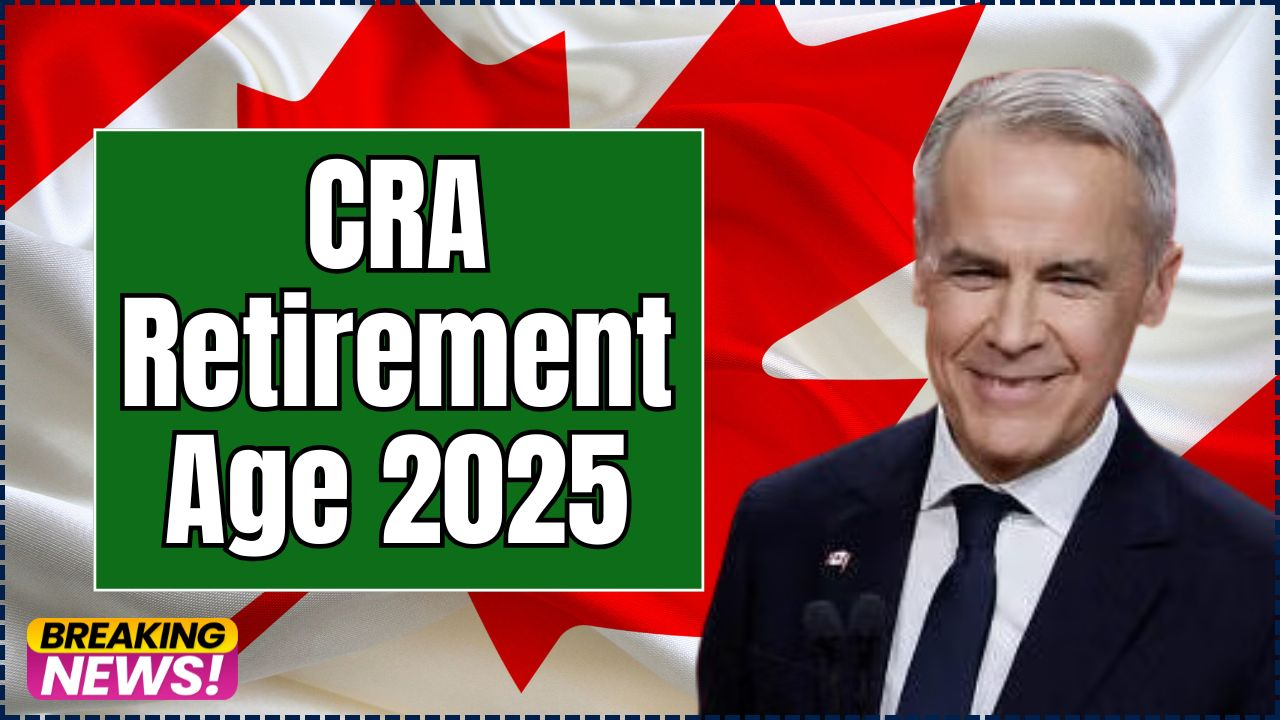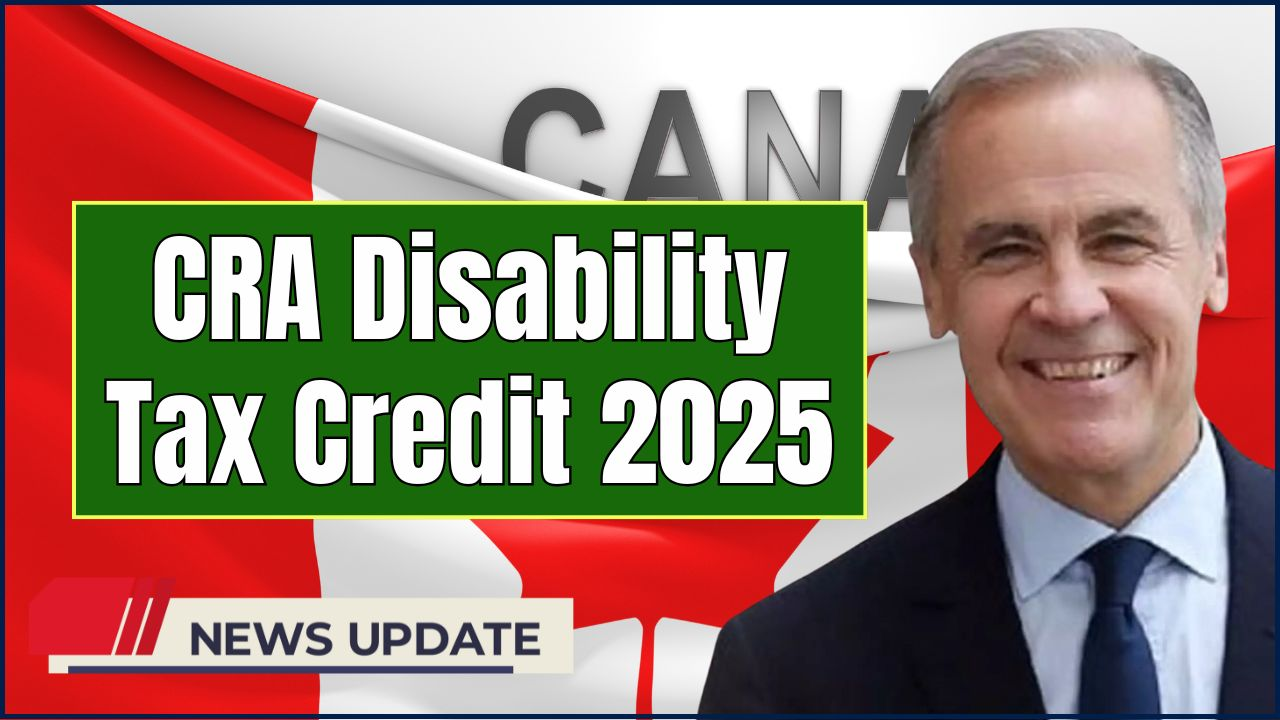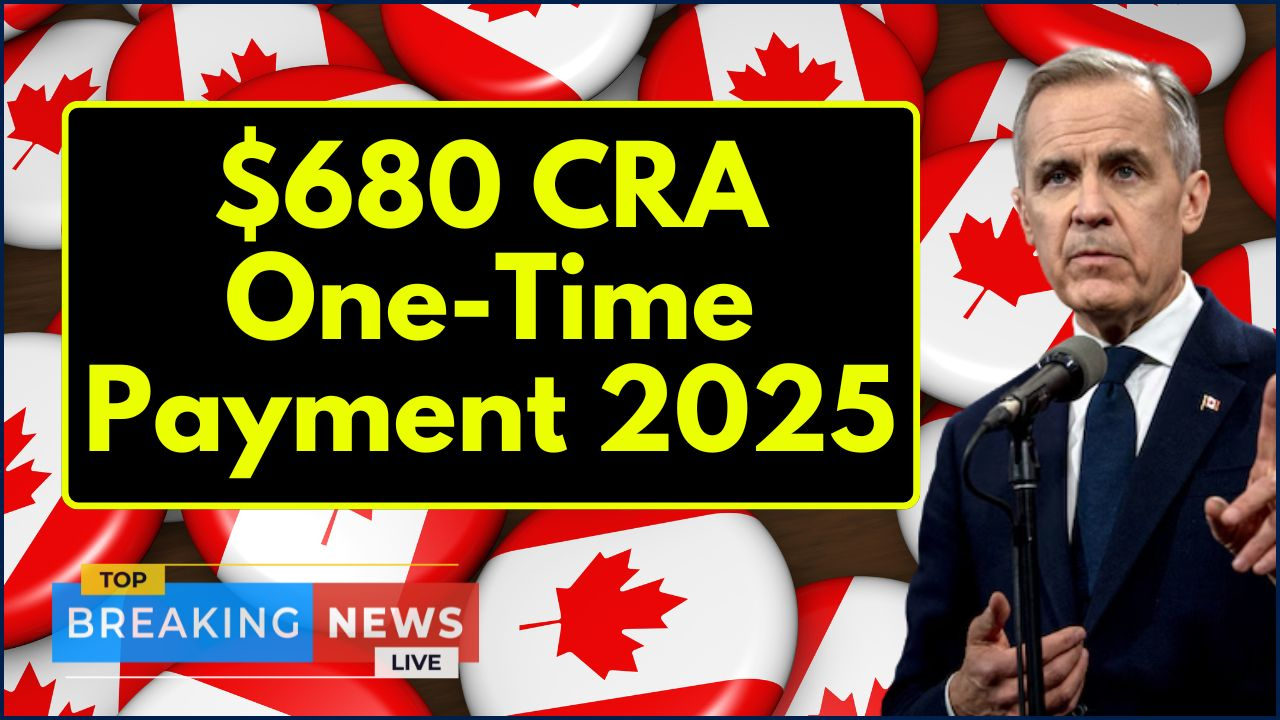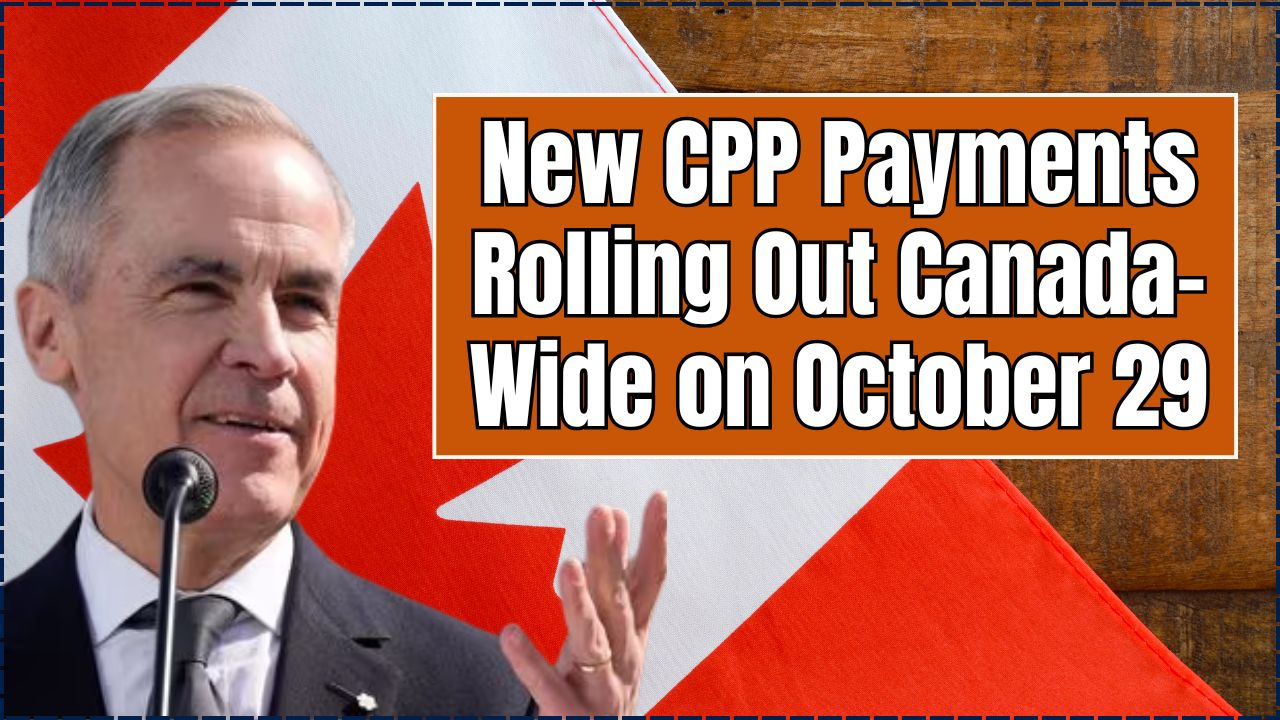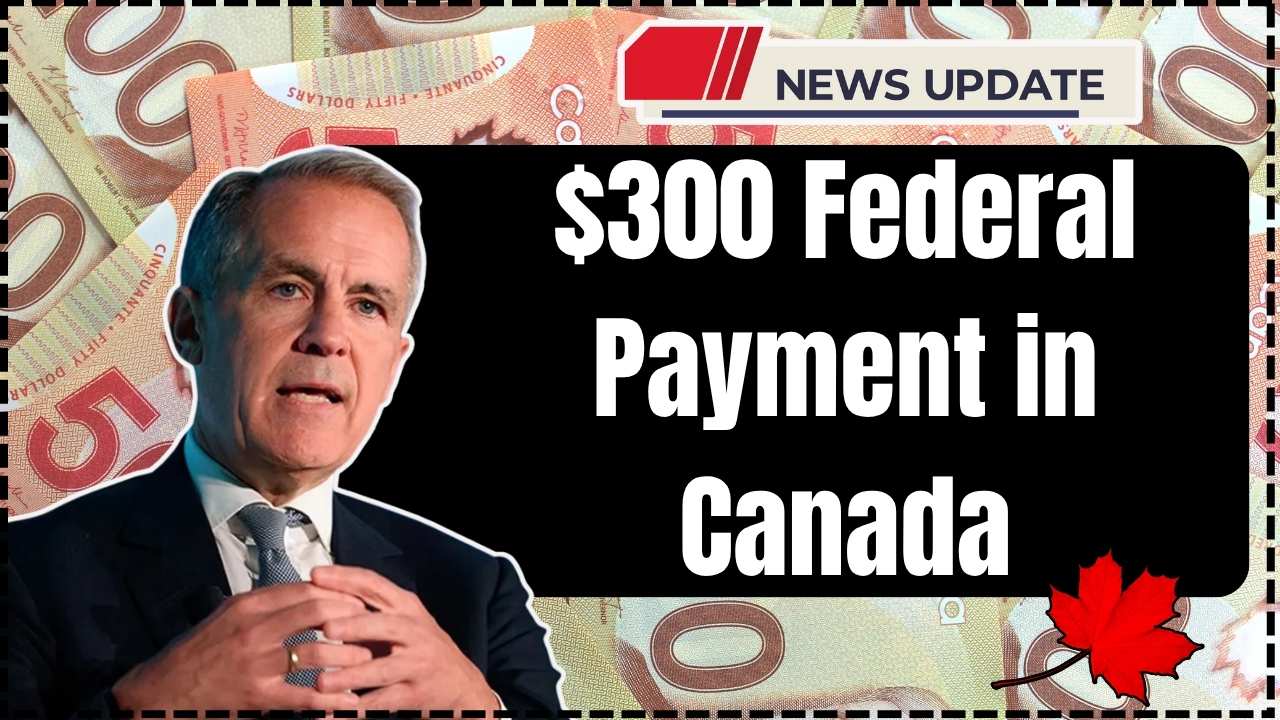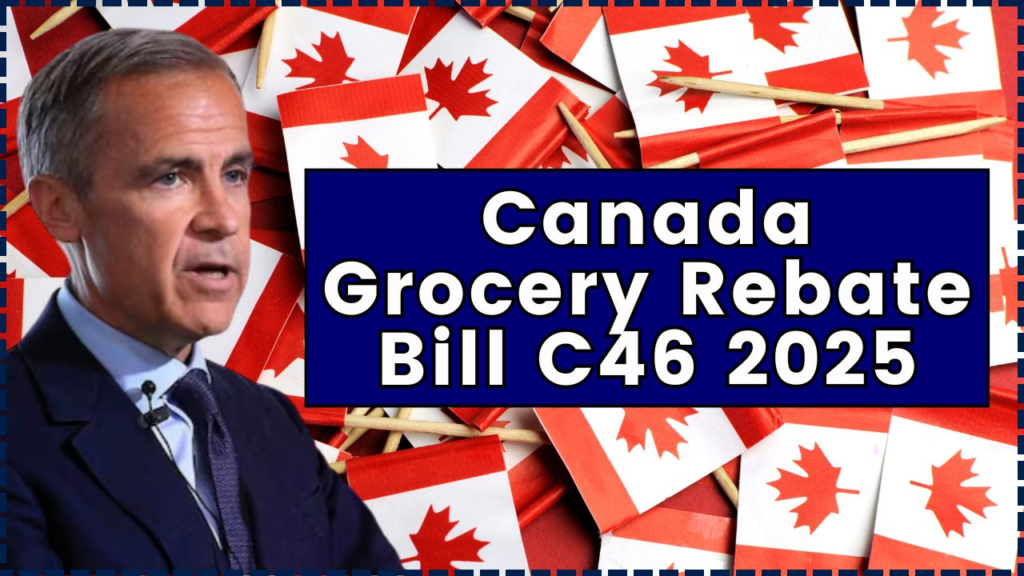
The Canada Grocery Rebate Bill C-46 2025—also referred to as the “Grocery Rebate” program—was introduced by the federal government as a targeted inflation-relief measure for low- and modest-income Canadian households. Enacted in 2023 under the Cost of Living Act (No. 3), the rebate delivered a one-time payment through the Canada Revenue Agency (CRA) via the GST/HST credit channel. As of 2025, no subsequent grocery-rebate programme has been announced.
Table of Contents
Canada Grocery Rebate Bill
| Key Fact | Detail/Statistic |
|---|---|
| Legislation | Bill C-46 (Cost of Living Act, No. 3) |
| Payment date | One-time payment on July 5, 2023 |
| Number of recipients | Approx. 11 million low- and modest-income Canadians and families |
| Cost estimate | Approximately CAD $2.4 billion for 2023-24 |
| Payment amounts | Up to CAD $467 for couples with two children; up to $234 for single adult; ~$225 on average for seniors |
| Status (2025) | Programme completed in 2023; no new payment announced |
| Official Website | Canada.ca |
Background and Purpose
In the face of elevated inflation—and particularly rising grocery costs—the federal government introduced Bill C-46 within its 2023 budget framework. The legislation delivered inflation relief via the Grocery Rebate and strengthened health-care transfers to the provinces.
Deputy Prime Minister and Finance Minister **Chrystia Freeland said at the time: “While inflation continues to come down … rising grocery prices remain a challenge for too many Canadians.” The policy intention was two-fold: provide immediate assistance to vulnerable households, and limit broader inflationary effects of widespread cash payments.
By linking the rebate to the GST/HST credit framework, the government could use existing administrative infrastructure and target support efficiently. According to economist Dr. Trevor Tombe of the University of Calgary, this approach “allowed the government to target support quickly to low-income households without creating a new bureaucracy.”
How It Worked: Eligibility, Payment Mechanics and Amounts
Eligibility
Eligibility criteria for the Grocery Rebate were straightforward but essential:
- Entitlement to the GST/HST credit for January 2023.
- Filing of the 2021 tax return (even if income was nil).
- Residency in Canada for tax purposes.
No separate application was required; payments were delivered automatically by the CRA as part of the July 2023 GST/HST credit payment.
Payment Amounts
Payments were scaled by household type and number of children:
- Single adult without children: up to CAD $234.
- Couple with two children: up to CAD $467.
- Seniors: Average payment around CAD $225.
The Parliamentary Budget Officer estimated the total program cost at roughly $2.4 billion for fiscal year 2023-24.
Timing and Delivery
Payments began on July 5 2023 by direct deposit or cheque via CRA.The timing aligned with the quarterly GST/HST credit payment for that period, enhancing administrative efficiency.

Why It Was Introduced: The Inflation and Affordability Context
Grocery and Inflation Pressures
While overall inflation in Canada had begun to moderate by mid-2023, grocery prices remained elevated. In May 2023, inflation was 3.4 per cent, down from 8.1 per cent a year earlier. According to the Statistics Canada “Average Retail Food Prices” tool, for example, in August 2025 milk (2 litres) averaged $5.39 and white bread (675 g) averaged $3.43.
This disproportionate rise in essential items meant that while headline inflation improved, many low-income households continued to feel acute cost-of-living pressures—especially for groceries.
Structural Factors and Policy Rationale
Analysts have pointed to both global and domestic structural factors that drive grocery inflation: supply-chain disruptions, higher input costs (fuel, fertilizer), climate-related crop disruptions, and domestic market concentration in the grocery sector. In its 2024 Budget chapter on “Lowering Everyday Costs,” the government noted that profit margins in the grocery sector have increased since 2017 and proposed competition reforms.
The ideological rationale: Instead of broad-based cash transfers which might fuel inflation, a targeted, one-time payment to those most impacted was deemed more fiscally prudent and inflation-sensitive.
Impact and Early Reactions
Recipient Response
Initial reactions among recipients of the Grocery Rebate were positive, particularly among low-income households who faced sharply higher grocery bills. Media reports noted that for many families the payment offered immediate relief, albeit modest.
Expert and Policy Commentary
However, policy experts cautioned that while helpful, the one-time payment did not address underlying structural cost pressures. A commentary by the Institute for Research on Public Policy (IRPP) stated: “More income supports are needed … lowering costs and increasing income will provide much-needed relief for low-income Canadians.”
From a fiscal perspective the program was modest relative to overall federal expenditures, and it aligned with maintaining Canada’s AAA credit rating.
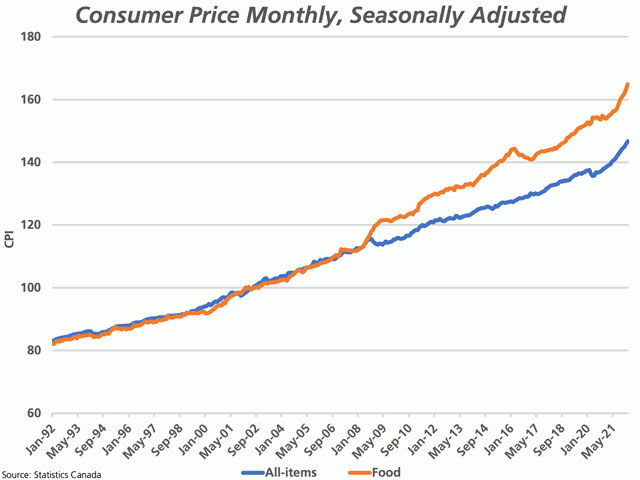
Limitations and Critiques
- One-time nature: Because the payment occurred just once in mid-2023, some critics argued it lacked durability given ongoing affordability pressures.
- Household-type limitation: Payment scaling by number of children left some single-adult households feeling less supported.
- Does not address root causes: As the IRPP pointed out, deeper issues—such as high housing costs, supply-chain bottlenecks, and grocery market structure—remain unaddressed.
Current Status as of 2025
The CRA confirms that the Grocery Rebate programme is completed and is no longer available for new payments.There has been no federal announcement of a renewed grocery-specific rebate under Bill C-46 or a successor vehicle. Secondary online sources that state a “2025 rebate” are unverified and misleading.
Instead, subsequent federal affordability measures either focused on broader cost-relief or directed relief through other channels. For instance, Budget 2024 emphasised competition reform in the grocery sector, strengthened consumer fee protection, and expanded community food-infrastructure funding.
Provincial and Sectoral Measures: Where Else Relief Occurred
While the federal Grocery Rebate ended, several provinces introduced or expanded their own affordability measures:
- British Columbia: Enhanced its Climate Action Tax Credit and other targeted relief payments in 2024.
- Ontario: Expanded its Low-Income Individuals and Families Tax (LIFT) credit, aiming at lower-income working households.
- Newfoundland & Labrador: Issued one-time inflation relief cheques in late 2023.
In the grocery/food sector, policy changes included amendments to the Competition Bureau-governed Competition Act under Budget 2024, aiming to reduce price-inflation pressure by increasing competition and breaking down barriers to market entry.
Deeper Dive: Structural Issues in Grocery Pricing and Affordability
Market Structure and Competition
The federal government’s Budget 2024 noted that profit margins in grocery chains have grown since 2017 and that the market is less competitive than ideal for price-pressure relief.The new reforms propose to remove the “efficiencies defence” in the Competition Act for grocery-sector mergers, giving more power to smaller chains and new entrants.
Food-Price Drivers Beyond Inflation
Academic research suggests other drivers for grocery-price increases. For example, a study from the University of Saskatchewan used difference-in-difference methods to explore carbon pricing’s effect on provincial food inflation and found no inflationary effect of carbon pricing on food prices overall, but indicated complex regional variation.
Another research effort by Canadian universities used machine-learning methods to forecast annual grocery inflation and suggested that price changes are influenced by energy costs, weather/climate events, global input-cost shocks, and supply-chain disruptions.
Food-Basket Price Trends
According to Statistics Canada’s “Average Retail Food Prices” visualization tool, essential grocery items continue to show elevated prices: e.g., in August 2025, white rice (2 kg) averaged CAD $10.06 and white bread (675 g) CAD $3.43.These persistent price levels underscore the challenge of one-time support.
What It Meant for Households: Case Scenarios
Example 1: Single Parent
A single parent with one child and net income of roughly CAD $30,000 received around CAD $386.50 under the rebate (in addition to regular GST/HST credit payments). While helpful, household budgets remain exposed to ongoing rent and grocery cost escalation.
Example 2: Retired Senior
A retired senior with net income of CAD $20,000 received roughly CAD $233.50 under the rebate. However, many seniors face fixed incomes and rising food, medicine and utility costs, meaning the one-time payment may only partly offset pressures.
These scenarios illustrate that while the rebate provided relief, it was not sufficient to eliminate affordability stress for households facing multiple cost pressures.
Political and Fiscal Considerations
The introduction and design of the Grocery Rebate reflect a balance between targeted relief and fiscal discipline. By tying the payment to the GST/HST credit system, the government leveraged existing infrastructure, minimising administrative cost. The PBO data estimate indicated minimal incremental administrative cost.
Politically, Bill C-46 passed with cross-party interest though some opposition flagged the one-time nature and asked for longer-term support. From a fiscal-rating perspective, the targeted size of the programme kept its impact modest relative to overall federal spending, helping preserve Canada’s strong credit standing.
Looking Ahead: Affordability Strategy and Future Prospects
Although the Grocery Rebate programme is closed, the affordability challenge remains acute. With food-price inflation still elevated (e.g., 4.0 % annual grocery price growth in September 2025). Analysts expect future relief to be less episodic and more structural.
Key themes to watch:
- Competition policy reform: Implementation of the amended Competition Act to reduce grocery-sector concentration.
- Support for local food infrastructure and community food programmes, especially among Indigenous and equity-deserving groups.
- Increased targeted recurring assistance, potentially via tax credits or expanded existing social-benefit programs.
- Monitoring of core inflation metrics: For example the Bank of Canada’s preferred CPI-median and CPI-trim measures remain slightly above 3 % in late 2025.
As Finance Minister Freeland stated in September 2025: “We remain committed to making life more affordable for Canadians, but our approach must be fiscally responsible.”
While the Grocery Rebate under Bill C-46 marked an important milestone, many observers say forthcoming efforts will need to be broader in scope and sustainably structured.
$680 CRA One-Time Payment 2025 — Check Eligibility Criteria and Payout Date
New CPP Payments Rolling Out Canada-Wide on October 29 — Who Will Get it?
$300 Federal Payment in Canada on 25 October – Who Qualifies and How Much You’ll Get
FAQ About Canada Grocery Rebate Bill
Was there a Canada Grocery Rebate in 2025?
No. The Grocery Rebate was a one-time payment implemented in July 2023. No new payment under Bill C-46 has been authorised as of October 2025.
Who was eligible?
Anyone eligible for the January 2023 GST/HST credit, who filed a 2021 tax return, and was a Canadian resident for tax purposes.
Is a renewed rebate expected?
There is no official announcement of a new federal grocery-credit payment. Future affordability relief is likely to come via a combination of competition policy, targeted tax credits, and provincial initiatives.

